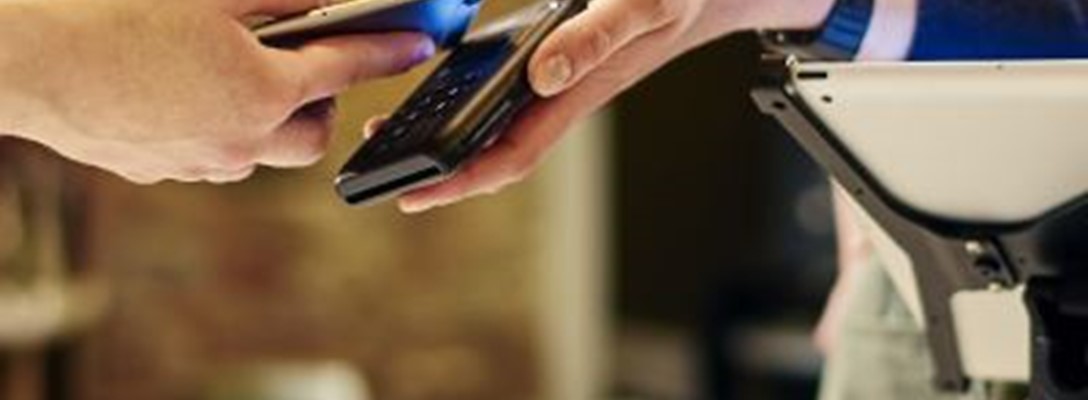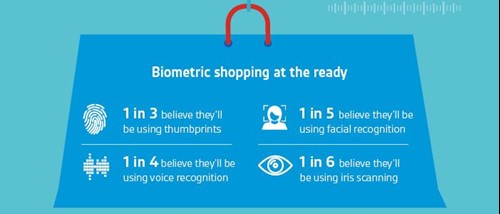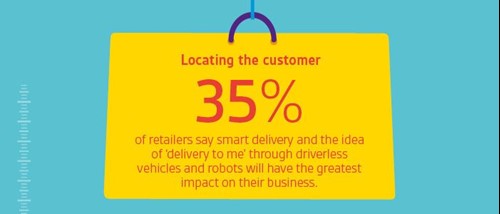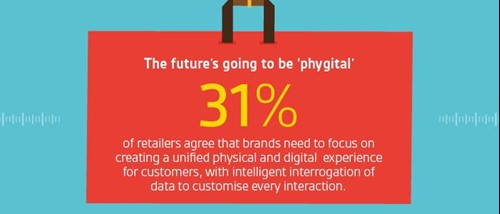
Physical. Digital. When two worlds collide.
What’s really going on in retail? It’s not enough to say that the old ways are being ‘disrupted’ by technology. They’re being ripped apart. So, what does that mean for the consumer? These are questions that the Customer Experience Exchange is looking to address. Ahead of the Exchange’s conference in London, GBG carried out its own research among consumers and retail brands. Our goal was to understand what each expects the future retail experience to be like.
First, we asked about the likelihood of biometric shopping.
In the next 1–2 years, shoppers believe that the use of biometric data will be a fundamental part of the shopping experience.

Our research shows that consumers are clearly ready for this technology. Yet, when we asked some of the world’s largest retailers if they have any plans to extend biometric data into their technology platforms, an overwhelming 83% said they have no such plans at present.
Consumer adoption of biometric interfaces will continue to rise as voice, facial and thumbprint recognition become mainstream. The long lead times for retail technology projects mean that brands need to be thinking about adopting these new data formats now. If they don’t, they’ll find themselves several years behind their more innovative, disruptive competitors.
We next asked about physically getting a purchase to the customer – wherever they are.

With Amazon robots already motoring along the sidewalks in California and drones hovering over the skies in remote parts of Africa, this is perhaps no real surprise. But the focus will also need to shift to location intelligence that can locate an individual customer when they're out and about, and not just focus on static delivery addresses.
And finally, we asked about the in-store experience. How can the physical be enhanced by digital?
The marriage of physical and digital could include facial recognition to identify key customers or VIPs as they enter a physical store. Or giving sales assistants, at the point of sale, information from browsing habits to create a tailored selection of products that reflect the customer’s identified preferences.

Of course, physical stores will continue to have an important place in our shopping culture. Web-influenced sales in Europe are projected to increase by 50% to reach €748 billion by 2021.[1] The drive among retailers to apply insights from digital behaviour back into the physical world will be vital to maintain competitive advantage.
Source: [1] Forrester Data: Web-Influenced Retail Sales Forecast, 2016 to 2021.
Sign up for more expert insight
Hear from us when we launch new research, guides and reports.